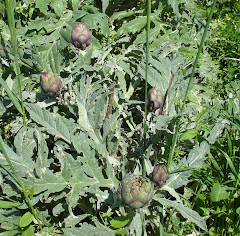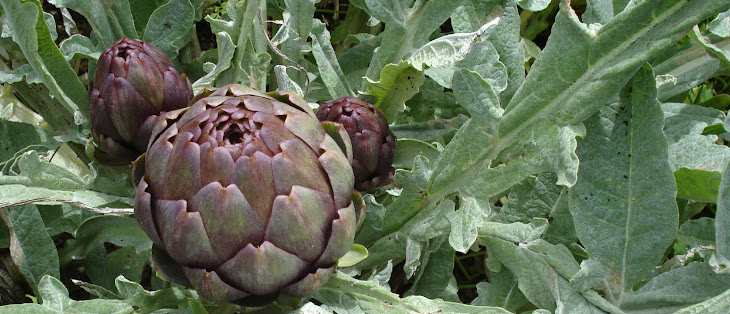At the weekend we went on a trip to the Gers in south-west France, guided by friends who used to live in that area and know it well. The highlight of the visit was the Monday morning foire au gras in Samatan, devoted to the sale of foie gras and fattened ducks for making confit de canard and other south-western delights. I know that some people find the production of foie gras distasteful – if you are one of these then you should fast forward to the spring flowers at the end of this post. I’ve written about this subject before on my blog a couple of years ago. I believe that properly raised ducks and foie gras represent sustainable local food in an area which is well-suited to raising them. The life of a duck on the farm of a small producer in the Gers is so much better than that of an industrially kept chicken or duck that they cannot really be compared, so I make no apology for being a supporter of the traditional foie gras farmers.
The marché au gras at Samatan
Every Monday morning throughout the winter and until the end of March this market has two sessions – the first from 9.30 to 10.30 a.m. when producers sell duck carcases and a huge hall is filled with tables where people display anything from 20 to a hundred or so of their ducks for sale at very reasonable prices (around 2 euros per kilo this week). This session of the market then closes and another opens to sell foie gras. Again small local producers bring small numbers of foies gras for around 30 euros per kilo (this week). During spring and summer, from next week onwards the two markets are combined and the market is usually smaller although, apparently, the Easter Monday market is very popular and busy.
 |  |
You choose your duck (above left) and then it is taken to be weighed at central scales before you pay for it. The foie gras is weighed by each stall holder. For 1 euro per bird you can take it to a cutting room where two men were working non-stop to joint the ducks. Some people had trolleys filled with twenty or so birds, for restaurants perhaps, others like us had just one.
 |  |
These ducks are specially reared to have plenty of fat for preserving them and are not meant for roasting. Our duck was cut into: 2 legs and 2 wings for making confit de canard, 2 magrets or breasts which can be grilled, the neck to be used to make cou farci – the skin stuffed with pork meat to make a kind of sausage, the giblets for preserving in fat, and the carcass which was delicious grilled so that we could eat the tender slivers of meat that were left on it. I’ll write another post in the next day or so about how we have made confit, cou farci and preserved the foie gras.
In another market hall next door there was a live poultry and vegetable market, with farmers selling baskets of fresh eggs by the door.
 |  |  |
The chickens in cages looked a bit cramped, but were heading for a life in the open air as free range layers – nothing like the life of a battery hen!
 |  |
Above left, the part of the market hall which is unused at this time of year, but would be used in winter when the market would be bigger, showing the size of this south-western phenomenon. On the right, one of the streets of the town where the usual market was taking place.
And the garden….
We came home with some oignons de Trébons, similar to our local Lézignan onions but with smaller bulbs. There’s some more about them in French here. Natives of the south-west, they may not do so well in our dry climate, but it’s worth a try.
 |  |
Above left, some of the new onions next to the second sowing of broad beans; right, the artichoke plants are doing well and we’re hoping for artichokes next month.
 The tulips are out. |  One of the cherry trees given to us by our neighbour a couple of years ago is flowering for the first time. |
 Borage Borage |  and bay. |














































